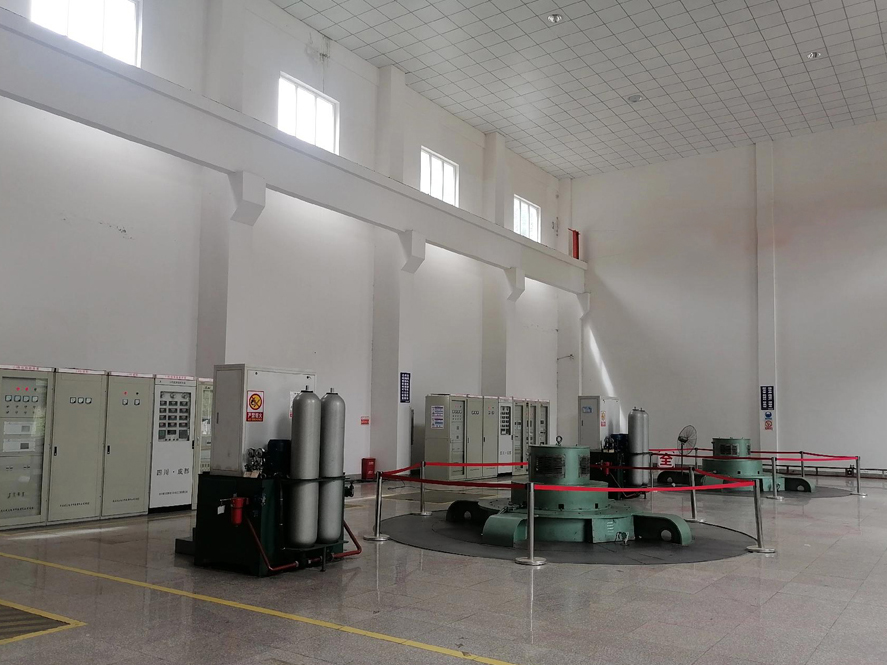Hydropower is a process of converting natural water energy into electric energy by using engineering measures. It is the basic way of water energy utilization. The utility model has the advantages of no fuel consumption and no environmental pollution, water energy can be continuously supplemented by precipitation, simple electromechanical equipment and flexible and convenient operation. However, the general investment is large, the construction period is long, and sometimes some inundation losses will be caused. Hydropower is often combined with flood control, irrigation and shipping for comprehensive utilization. (author: Pang Mingli)
There are three types of hydropower:
1. Conventional hydropower station
That is, dam hydropower, also known as reservoir hydropower. The reservoir is formed by the water stored in the dam, and its maximum output power is determined by the reservoir volume and the difference between the water outlet position and the water surface height. This height difference is called head, also known as drop or head, and the potential energy of water is directly proportional to the head.
2. Run of the river hydropower station (ROR)
That is, river flow hydropower, also known as runoff hydropower, is a form of hydropower that uses hydropower but requires only a small amount of water or does not need to store a large amount of water for power generation. River flow hydropower almost does not need water storage at all, or only needs to build very small water storage facilities. When building small water storage facilities, this kind of water storage facilities is called adjustment pool or forebay. Because there is no large-scale water storage facilities, Sichuan flow power generation is very sensitive to the seasonal water volume change of the cited water source. Therefore, Sichuan flow power plant is usually defined as an intermittent energy source. If a regulating tank that can regulate water flow at any time is built in Chuanliu power plant, it can be used as a peak shaving power plant or base load power plant.
3. Tide power
Tidal power generation is based on the rise and fall of ocean water level caused by tide. Generally, reservoirs will be built to generate electricity, but there are also direct use of tidal water to generate electricity. There are not many suitable places for tidal power generation in the world. There are eight suitable places in the UK, and its potential is estimated to be enough to meet 20% of the country’s power demand.
Of course, conventional hydropower stations dominate the three hydropower generation modes. In addition, pumped storage power station generally uses the excess power of the power system (power in flood season, holiday or low in the late middle of the night) to pump the water from the lower reservoir to the upper reservoir for storage; At the peak of system load, the water in the upper reservoir will be put down and the water turbine will drive the water turbine generator to generate electricity. With the dual functions of peak shaving and valley filling, it is the most ideal peak shaving power supply for power system. In addition, it can also be used as frequency modulation, phase modulation, voltage regulation and standby, which plays an important role in ensuring the safe and high-quality operation of the power grid and improving the economy of the system.
Pumped storage power station itself does not produce electric energy, but plays a role in coordinating the contradiction between power generation and power supply in the power grid; Peak load regulation plays an important role in short-term peak load; Fast start-up and output change can ensure the power supply reliability of the power grid and improve the power supply quality of the power grid. Now it is not attributed to hydropower, but to power storage.
At present, there are 193 operating hydropower stations with an installed capacity of more than 1000MW in the world, and 21 are under construction. Among them, 55 hydropower stations with an installed capacity of more than 1000MW are in operation in China, and 5 are under construction, ranking first in the world.
Post time: May-07-2022

